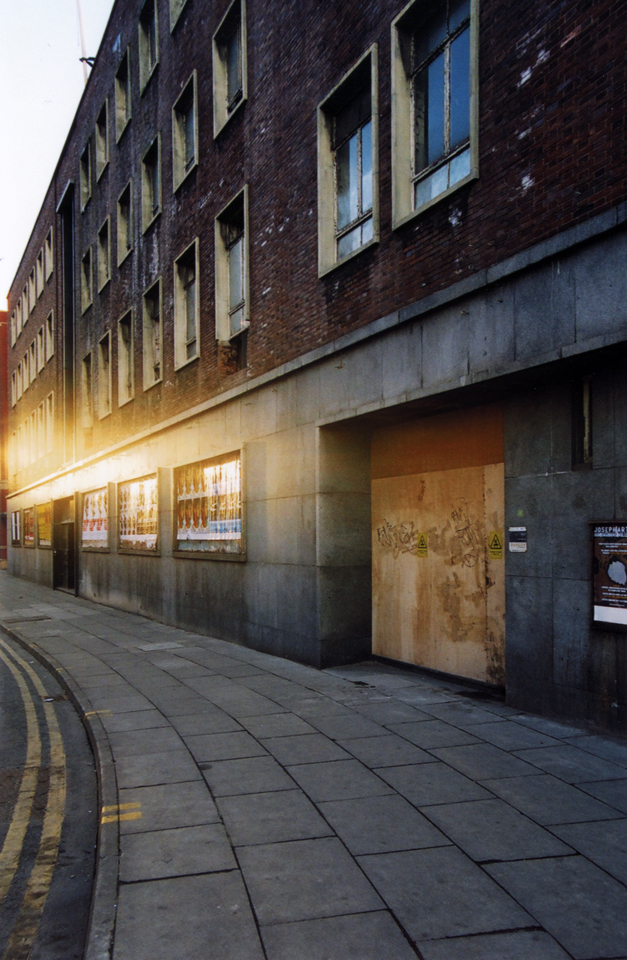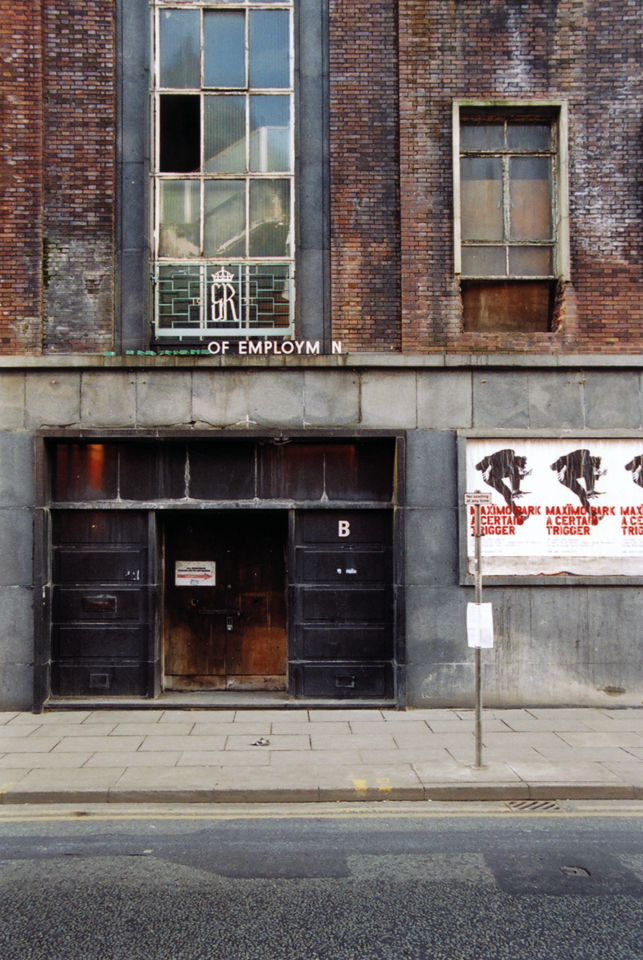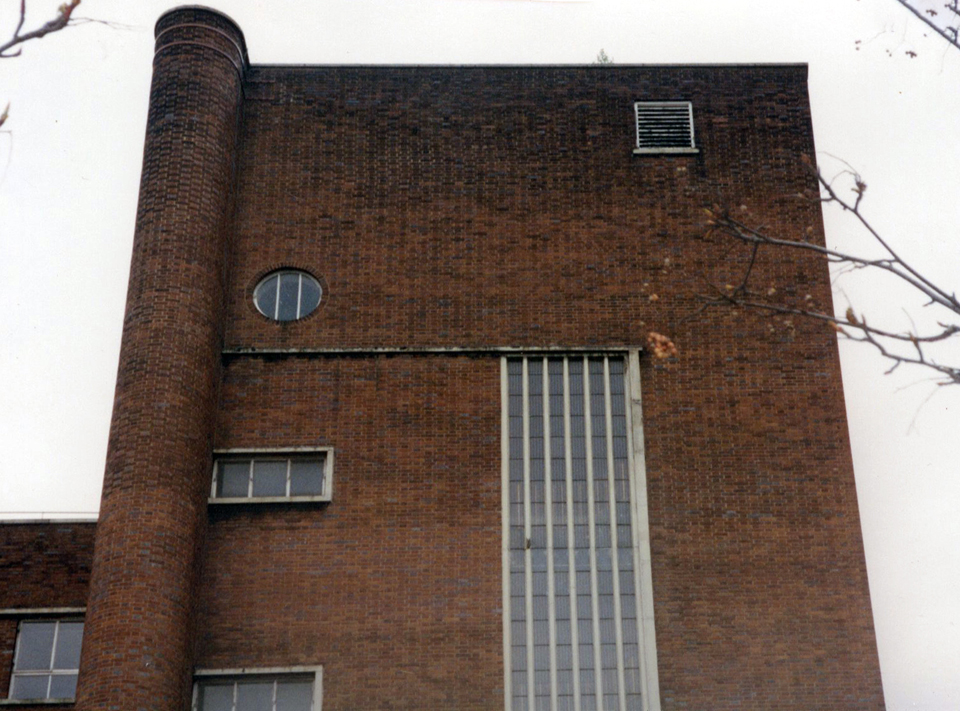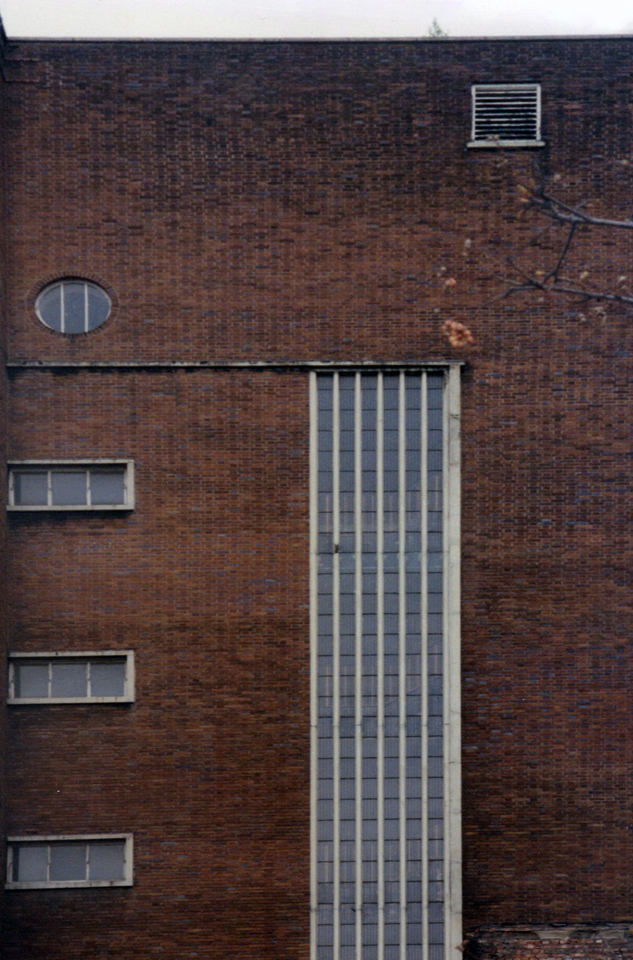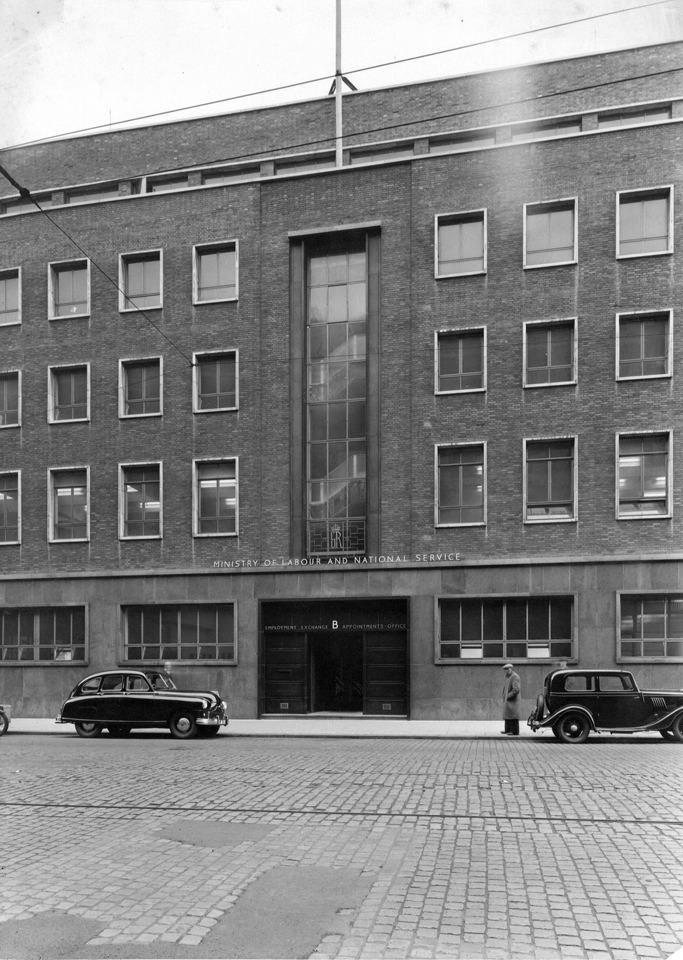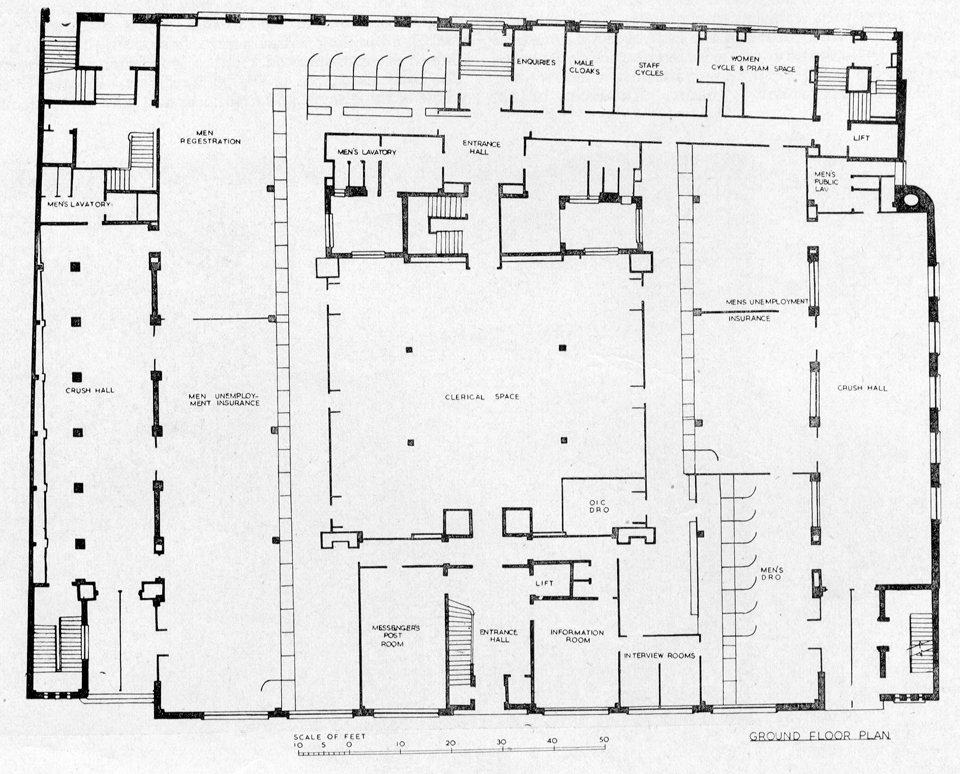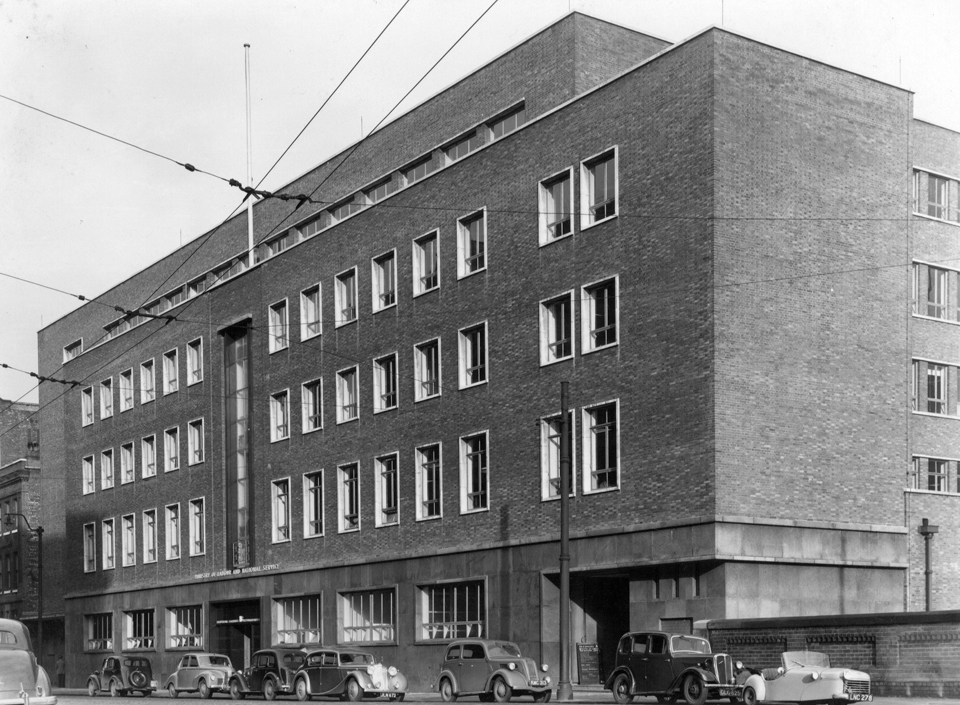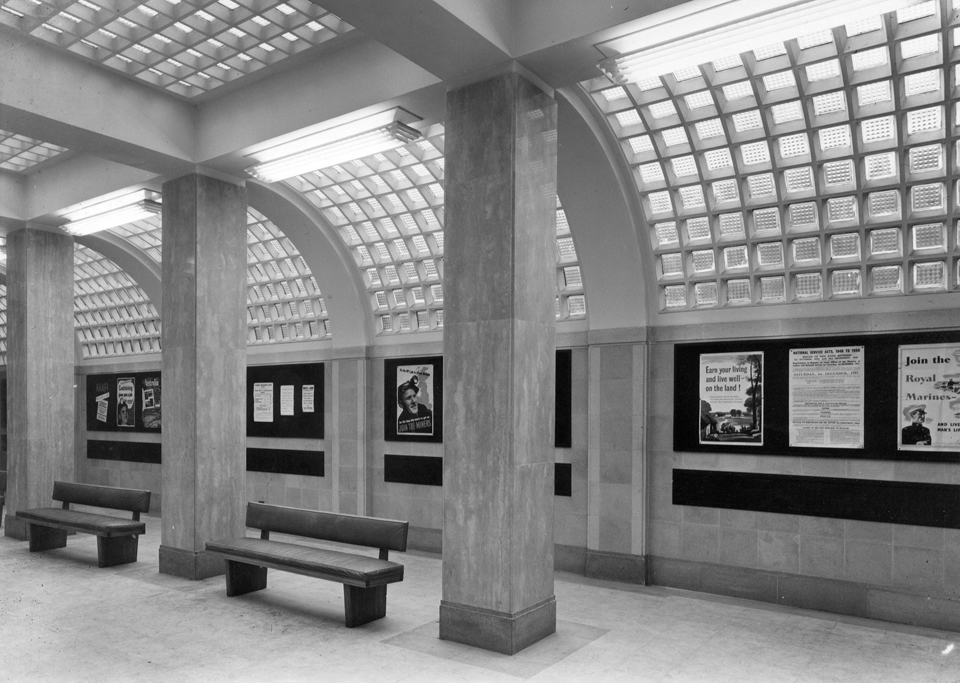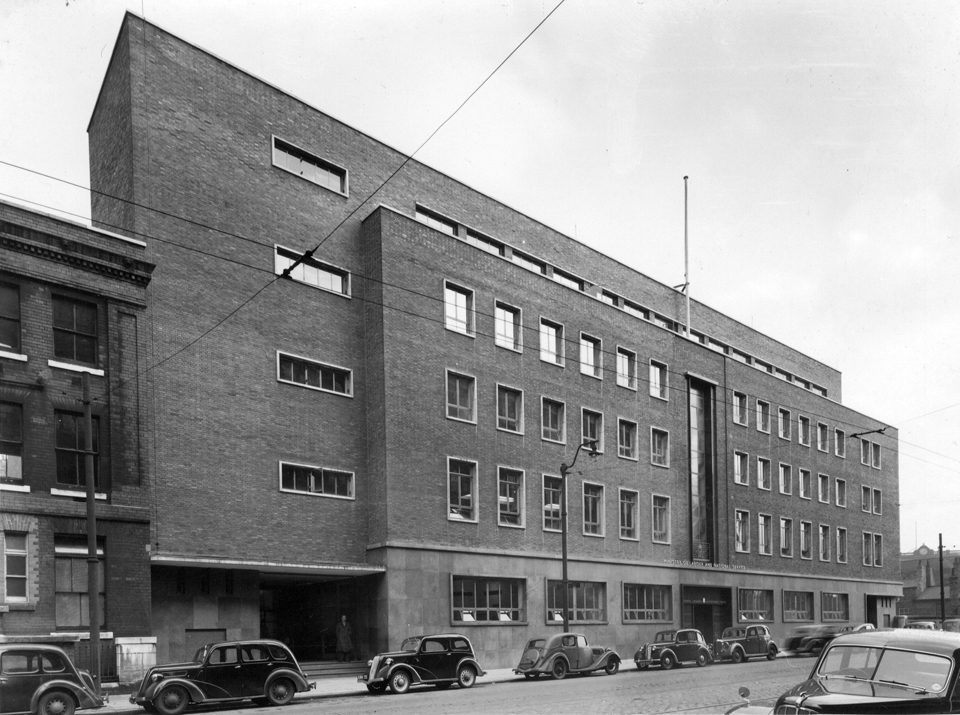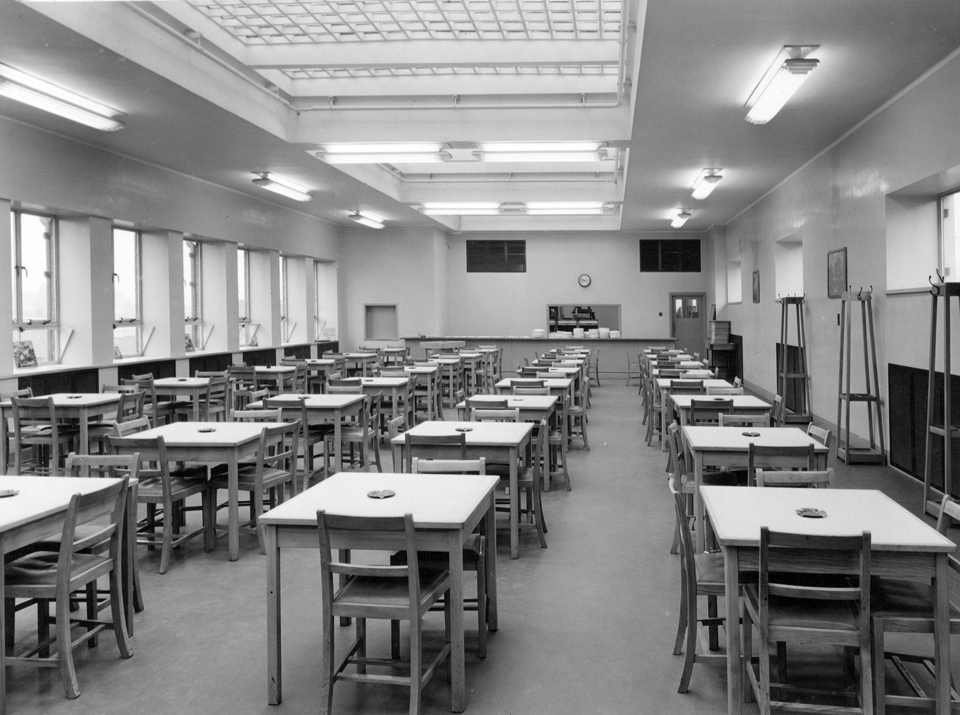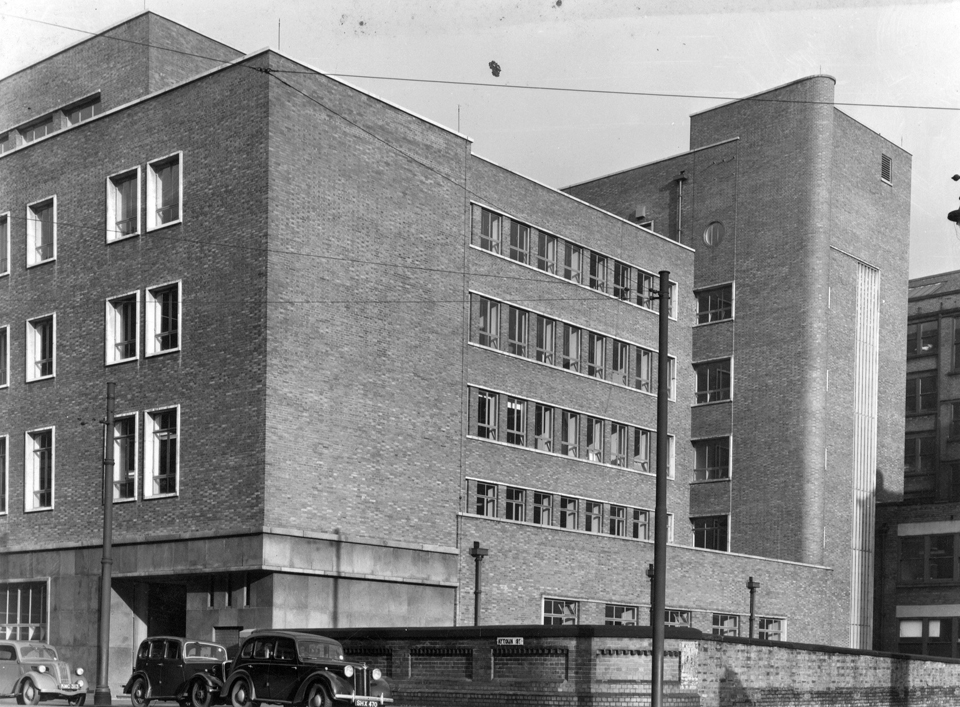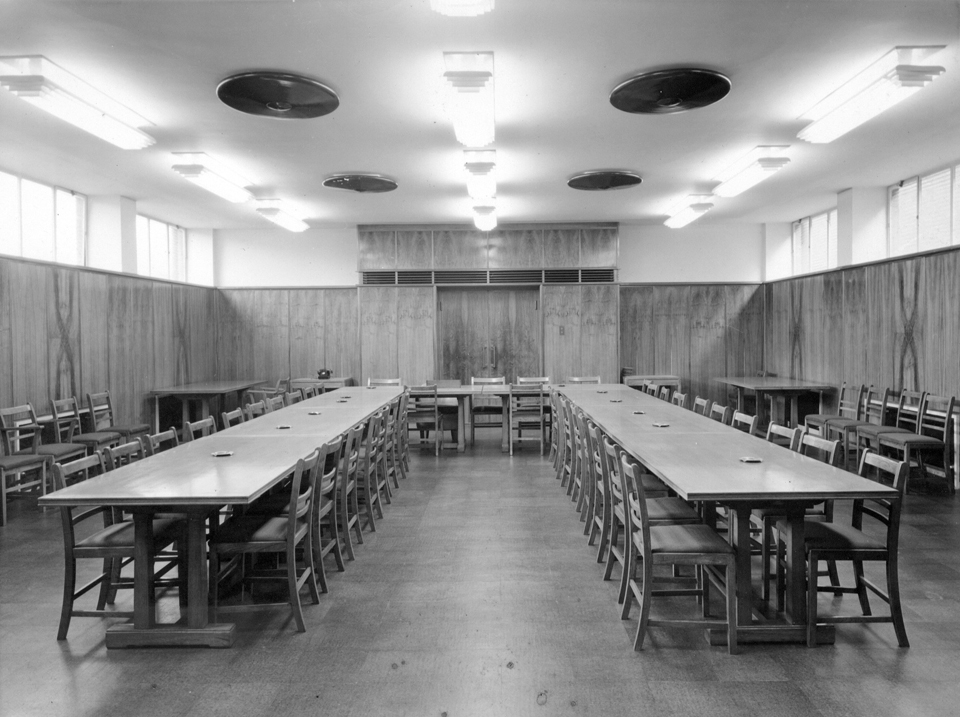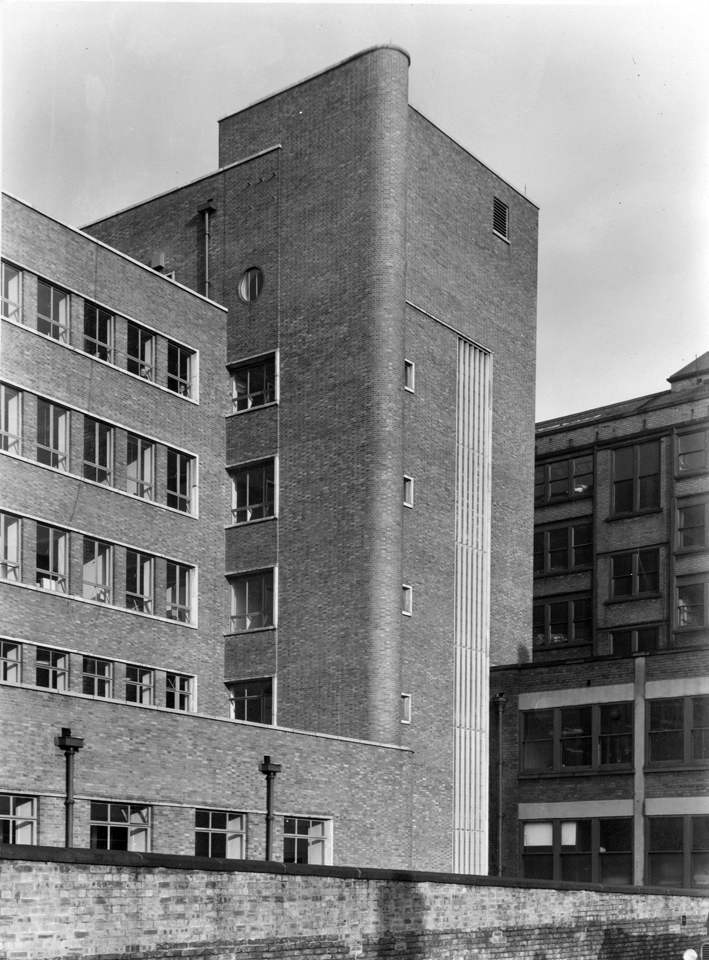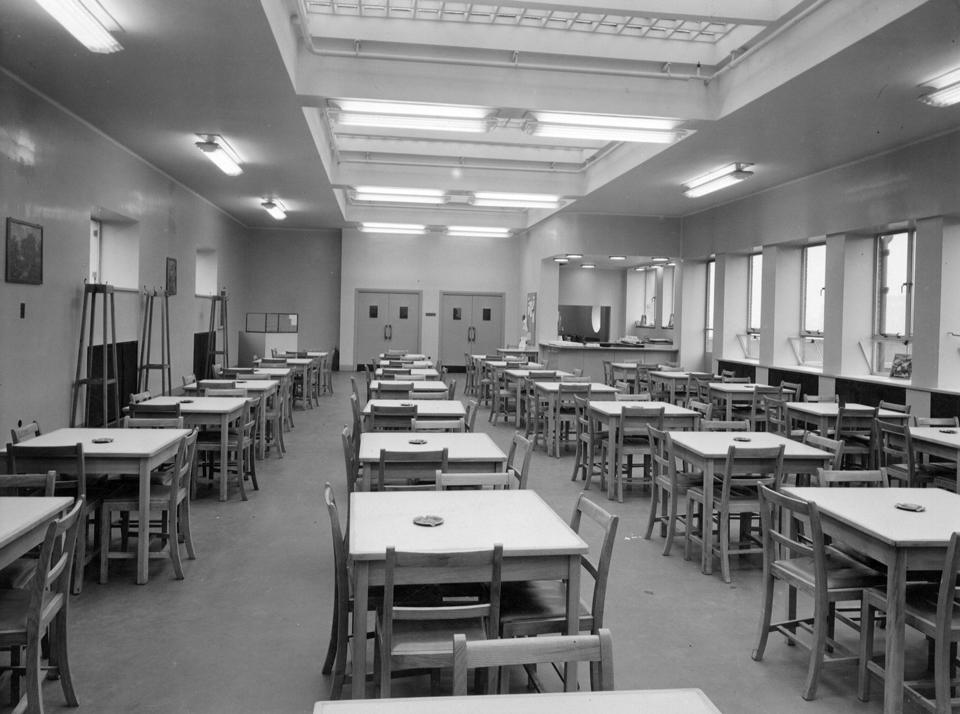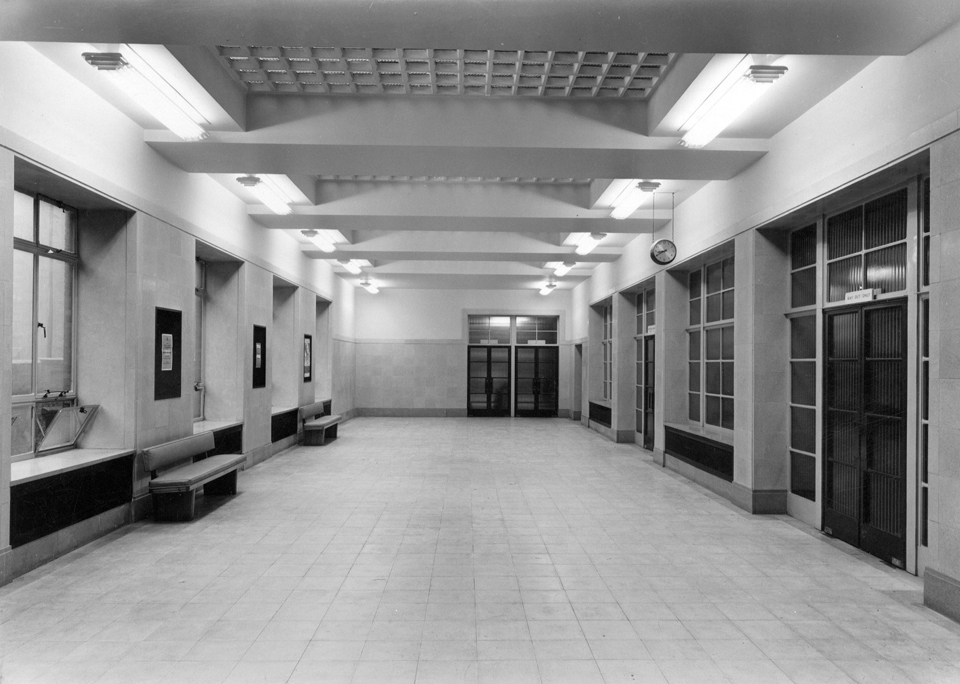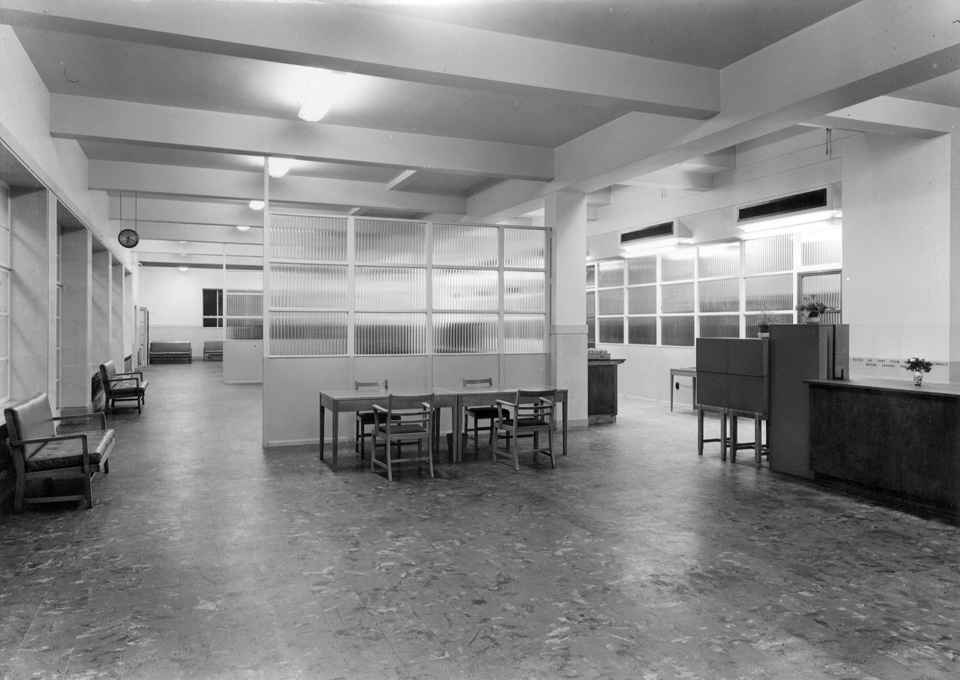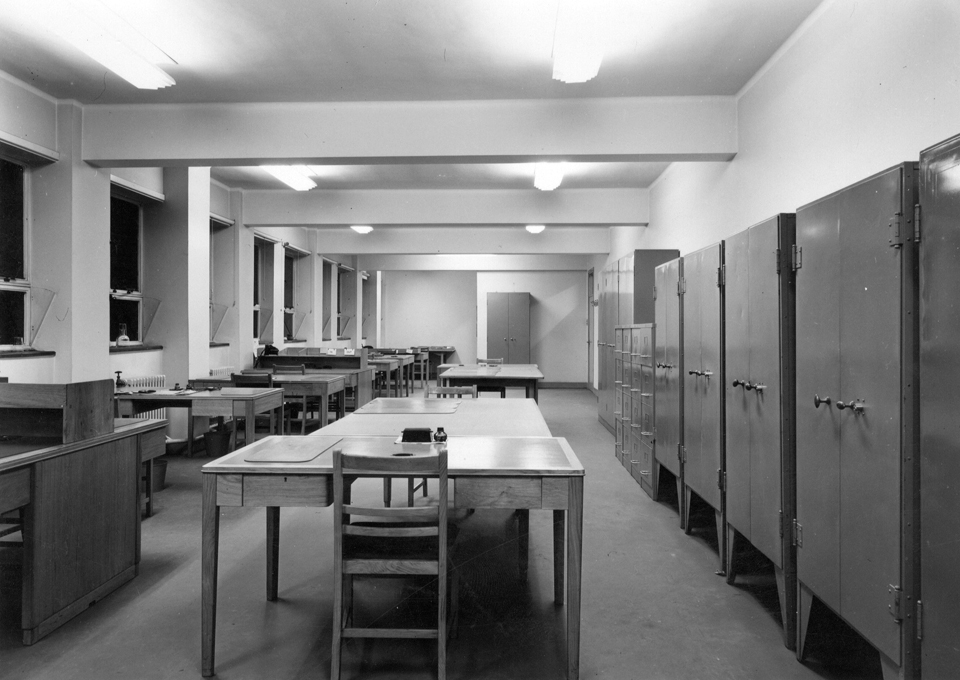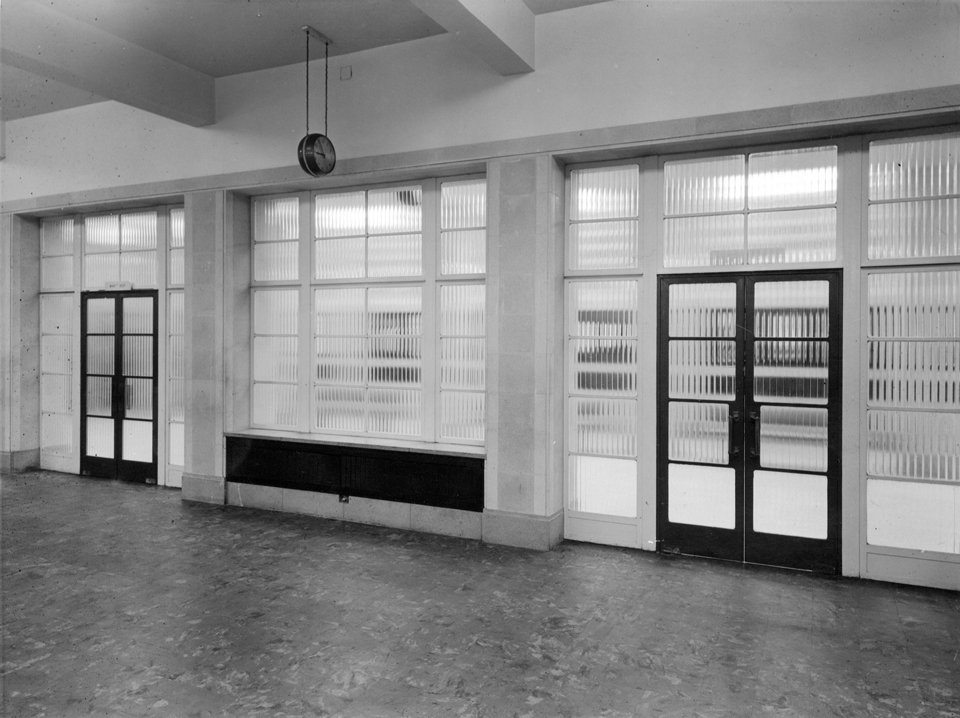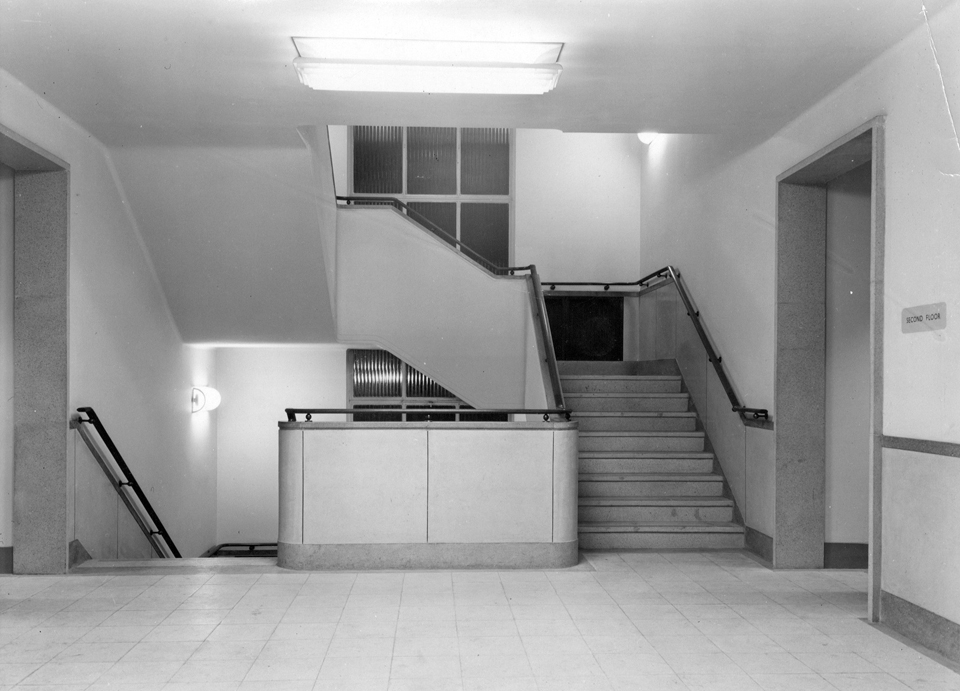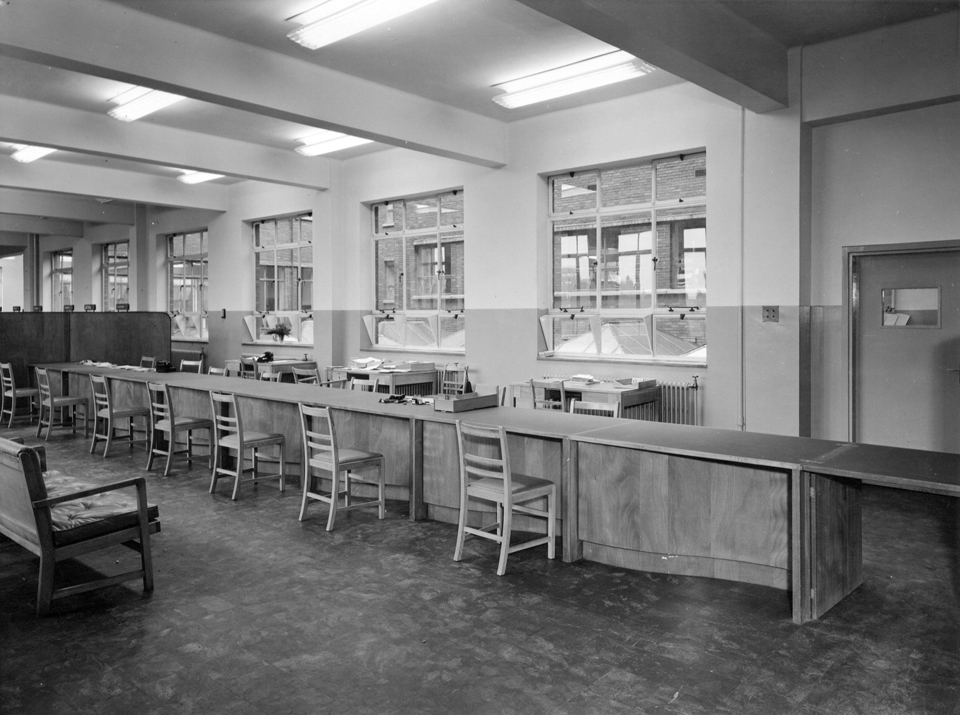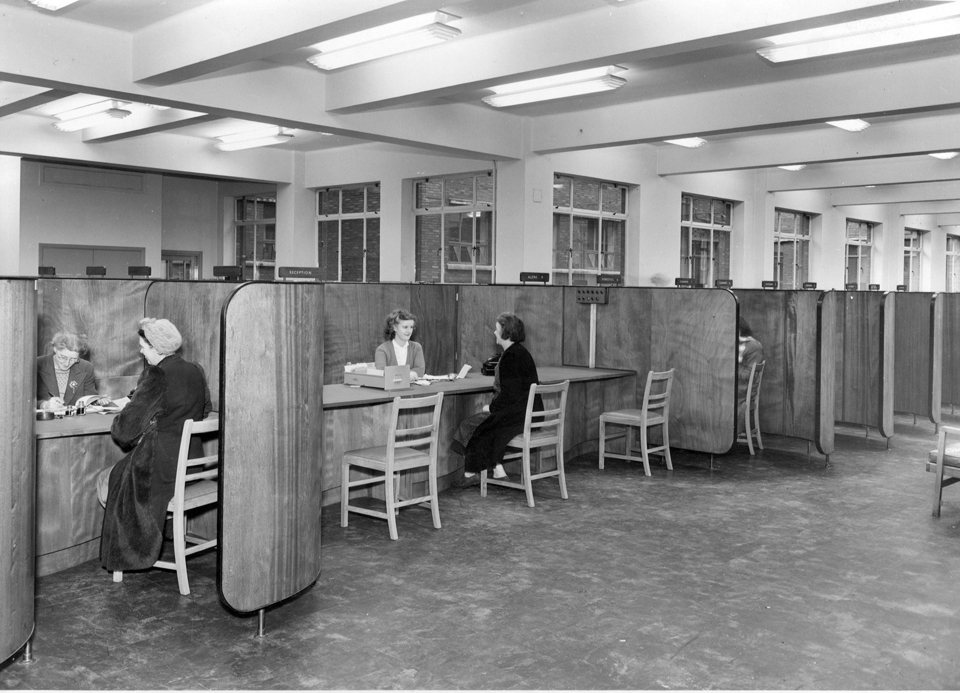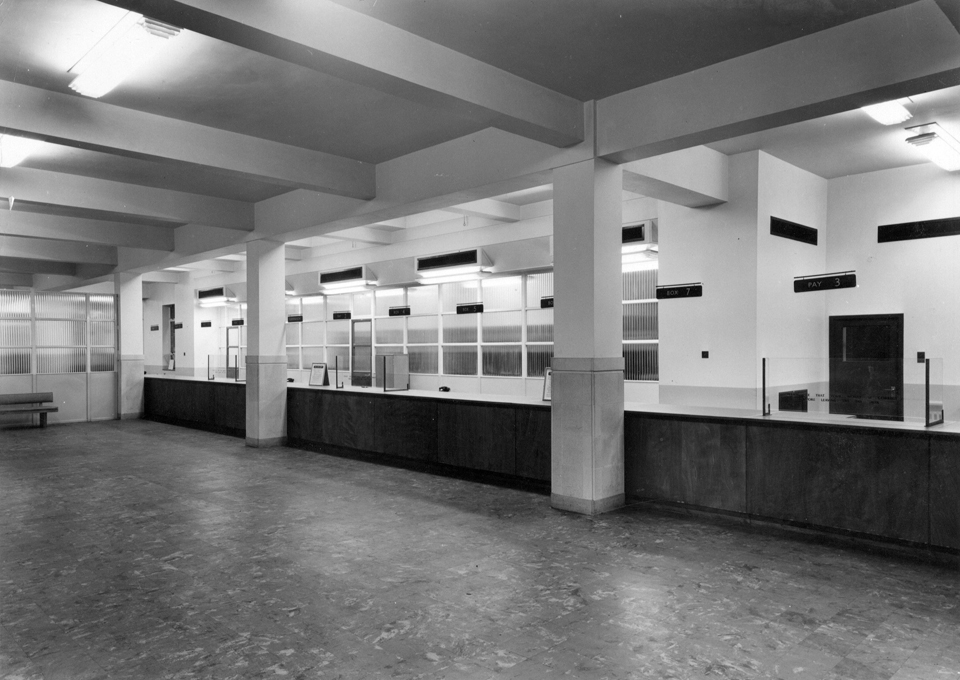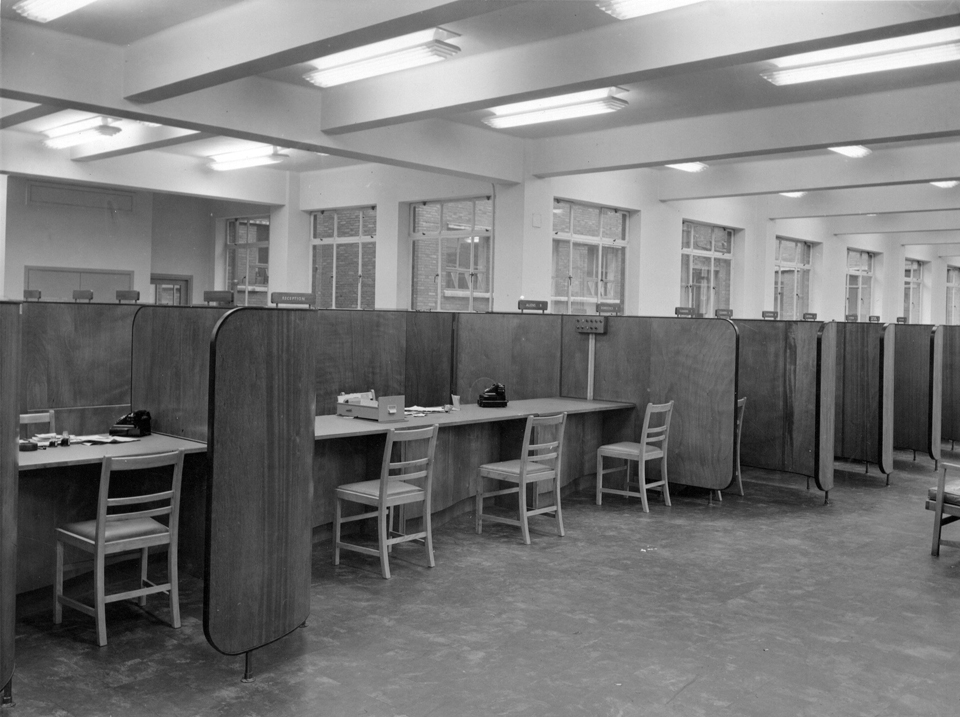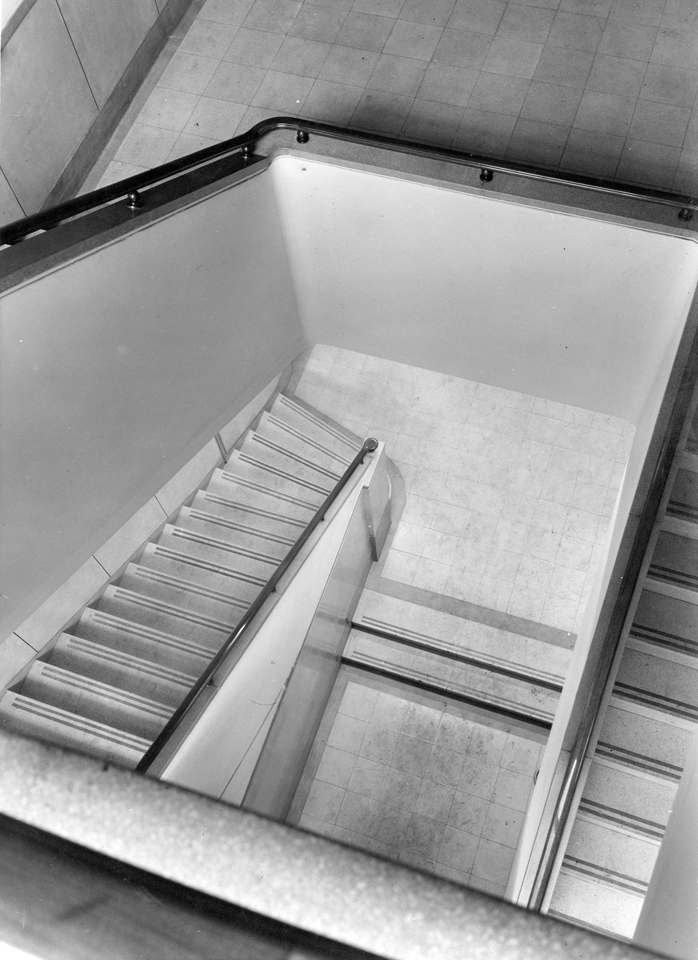Employment Exchange and Department of Education Building
1948
Much mundane municipal building is ignored for its apparent banality and attempts to uncover its histories are thwarted by ‘bureaucratic anonymity’. Architecture for the state, produced by the Office of Works and its successors, was not subject to local planning legislation and authorship is rarely attributed, save for more substantial buildings. Even Eric Bedford, Chief Architect of the Ministry of Works (1951-70) is only remembered by a clutch of obituaries, yet the number of buildings realised under his tenure runs into the thousands.
Manchester Employment Exchange was designed by Edward ‘Harold’ Montague Ebbs for the Ministry of Works. Pevsner referred to the building as ‘brick, thin and cheap’, hardly a resounding endorsement of its quality. I think he missed the point - it was supposed to be cheap.
Ebbs was born in 1888. He suffered ‘trench fever’ whilst serving in France during the First World War and was demobbed in 1919 with the rank of Lieutenant. He had only just qualified as an Associate of the RIBA in 1914, before joining the Royal Navy Voluntary Reserve in April 1915. He was employed by the Office of Works from January 1909 and returned in April 1919 to be posted to the Liverpool District. He designed post offices, hospitals, sanitoria, training centres, museums and telephone exchanges. In 1924 he set up private practice in Winchester, a business that faltered in the depression of the 1930s, enough to push him back to civil service. Typically, the architects I encounter when studying post-war architecture served the military between 1939-45 and were born in the twentieth century, not the nineteenth. Ebbs’ career and his life appear adhered to the fortunes of the country and the state.
Manchester Employment Exchange was equally bound to the fortunes of state. Construction began in 1937 and a full steel frame was erected before conflict led to works being suspended. Some may agree with Pevsner’s reading of a mundane municipal modernism, a diluted derivative of high art. I do not. I find a clear and honest expression in the composition and materiality of Ministry of Works architecture of this type.
There was also an explicit narrative in this particular example, realised either side of the second world war. In its proportions and its geometries there were traces of the neo-Georgian style, so adopted for General Post Office and telephone exchange buildings in the inter-war period. Hints of WM Dudok inspired the art-deco forms of the rear staircore, which abutted Festival Style facades. The precast surrounds and steel framed windows were distinctive Ministry of Works motifs. The odd pre-war specification prevailed, such as the entrance doors made from Honduras mahogany, that were held in stock from the 1930s. Lower levels of the building that faced the street were clad in Rubislaw grey granite and prominent windows were framed with black ‘Bon Accord’ granite. Heavily trafficked public areas were finished in robust materials that were easily maintained, such as terrazzo and reconstructed Hopton Wood stone. Interiors were regimented but even-handed and egalitarian. The municipal architectural language was far from malevolent and, I would argue, more modest than mundane. There was a sense of the civil in the service.
Despite such exchanges being characterised by long queues there are records that imply a certain vibrancy in the public areas, which were conducive to social encounters. Jobcentres, in all of their brown and orange branded bubble letters, replaced employment exchanges, and counter services were reduced in favour self-service noticeboards for ‘jobseekers’. The rebranded plastic sign of the 1970s always appeared incongruous stuck onto the side of this stoic antecedent of Aytoun Street.
Manchester Employment Exchange sat forlornly unoccupied and decaying for most of the twenty-first century and was demolished in 2014 to make way for a Holiday Inn – a faceless building administered by faceless systems.
I suppose, here, that I’m trying to make a case for a mannered form of municipal modernism that embodied the civic and the civil in its constitution. That its mundanity was its humanity and its service was not of-the-self, but for-the-many.
